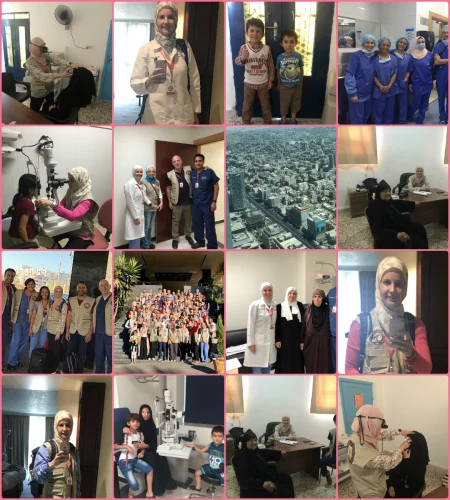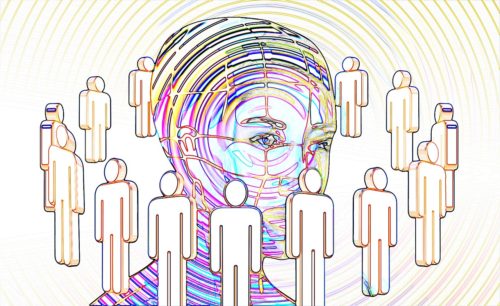As a Muslim woman who wears hijab, I have dealt with more than my fair share of bias. Now that I am 20 years post-medical school, I have developed many strategies for managing this in the physician-patient relationship.
During my 3rd year of medical school, I was so happy to finally be out of the lecture hall and into the hospital halls. I remember rounding on patients once with one of my fellow 3rd years, a male. We were both wearing our short white coats, differentiating medical students from residents or attendings. We walked into the room of an elderly white woman, who was talking on the phone when she saw us come in. She quickly said to her conversation-mate: I have to go now, the doctor and his nurse just walked in. I don’t think she noticed the color drain from my face!
Until now, there are days when I call a patient into my exam room and routinely introduce myself as Dr. Diab and they say, “Oh you’re the doctor?” Many of them later explain that they think I look “too young” to be a doctor. Or one of my frequent favorites, “you look like a school girl.” Over the years, the comments about my youthful appearance no longer make me feel small and inadequate, they actually put a smile on my face.
Reasons why patients assume I’m not a doctor:
- I don’t fit a stereotype. Many people still assume doctors will be older, white males. I have been holding my breath waiting for this trend to change. In 2019, there will be more women entering medical school than men. But even prior to that, the percent of females was almost equal to males.
- I wear a scarf covering my hair. Many elderly patients associate the head covering with either being a nurse or being a nun. I have often been called “sister” in the hospital elevator.
- I look “too young” to be a doctor. This one surprises me because by the time we are attending physicians, we have completed 4 years of college undergraduate work, 4 years of medical school, and depending on the field, at least a few more years of residency, and often time more for fellowships. I am surprised that any of us look young after all that!
Ways that I combat patient bias:
- Despite many of my colleagues shunning the traditional white coat, I always wear it. I feel it distinguishes me from other staff in my office and establishes me as the physician. I also dress professionally under the white coat.
- I no longer wear solid white head-scarves (hijabs). I choose neutral colors or something with a nice pattern. Somehow I think people are less likely to assume I’m a nun this way.
- I always introduce myself as Dr. Diab. Even when patients later ask me what is my name, I say Dr. Diab. In return, I address any patients age 60 and up as Mr. or Ms. unless they ask me not to.
- I behave in a professional manner. I carry myself with a serious but polite air. I speak in a formal tone at the outset of the interaction. I am open to the occasional joke or personal anecdote being shared from either side, but my default is formality. Patients that I’ve known for years slowly become like friends, but that comes with time and shared personal exchanges.
- I value patient education. I spend a lot of time explaining to patients about their conditions and their treatment. I feel this empowers them to make better decisions and follow my recommendations.
As I have gained more experience, confidence, and competence over the years, it shines through clearly to my patients. My positive patient interactions far outweigh the negative. The other day, I was so happy when a white male in his 60s said, I like your hijab! Apparently, he has a thing for paisley… as do I.


